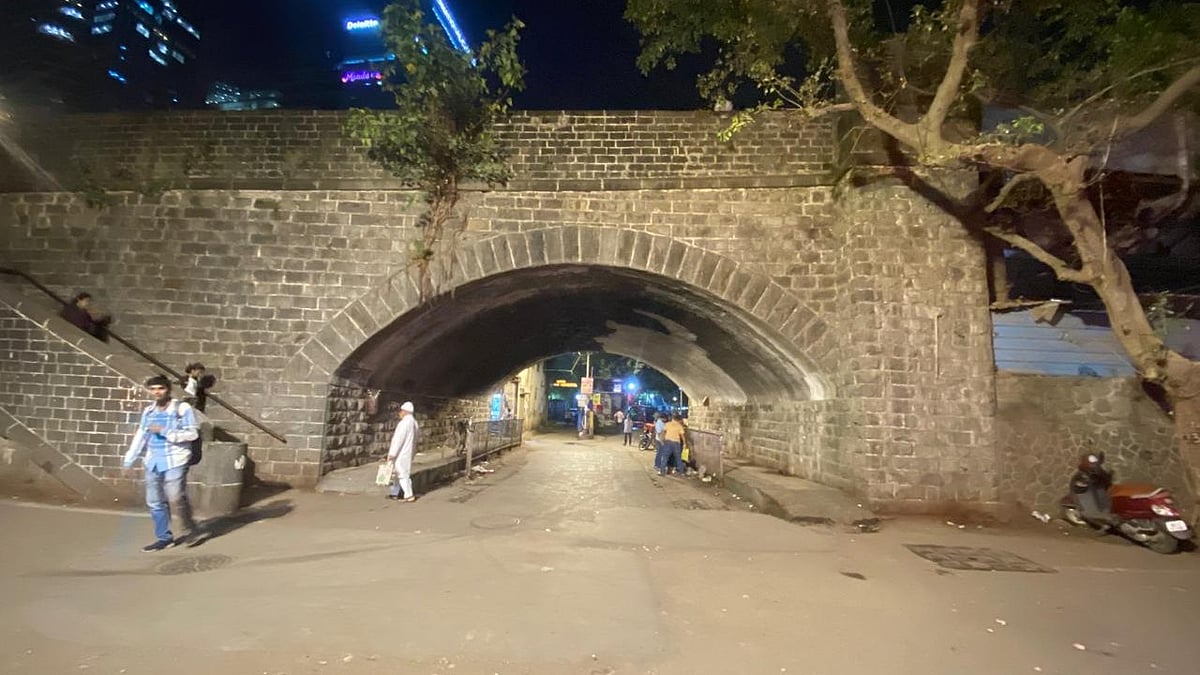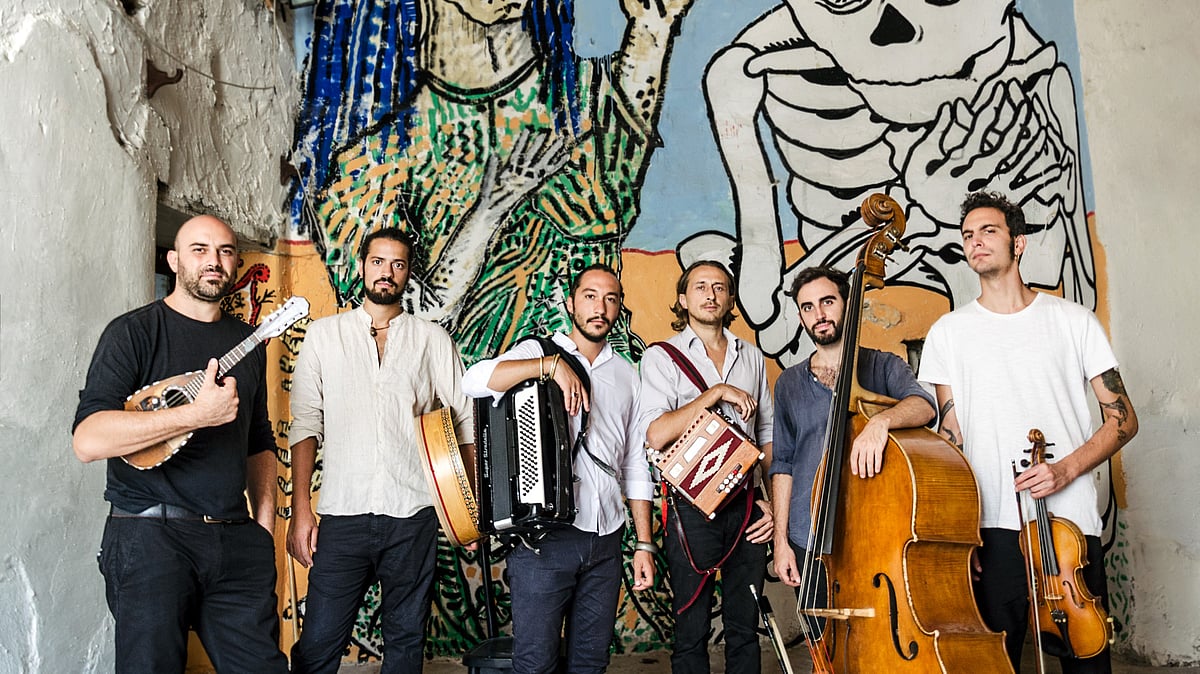Over the years, birders claim that they have witnessed an increase in flamingos' visits to Mumbai. The tall, long-legged, elegant creatures with their pink plumes hidden beneath their wings love the blue-green algae that Mumbai’s waters, wetlands and swamps offer. The flamboyance of them can be seen from the distance, at Thane Creek, Vashi and Nerul Seawoods, and recently, The Navi Mumbai Municipal Corporation (NMMC) has also proposed Navi Mumbai being identified as a flamingo city. The pretty pink guests sure have made an impact on Mumbaikars and travel companies and nature walk groups have designated flamingo watch trips to see the birds that flock at Navi Mumbai and Sewri every year.
November to June are some of the best times to see the ‘winter guests’. Those that fly in from Kutch, after having nested in the Greater and Little Rann of Kutch areas, for example, reside there. Prachi Galange, senior consultant photo editor and naturalist at Sanctuary Asia magazine, shares, “They fly down to Mumbai in search of food, and today Mumbai offers them food in plenty because of the blue-green algae, crustaceans, and plankton that is found in larger numbers in the waters.”

Naturalists like Galange suspect this increase in organisms, the blue-green algae that flamingos feed on, is due to the rising number of effluents and pollutants released by factories in Mumbai. How do the birds feed? Quite uniquely one might say. “Their beaks are lined with comb-like structures which they use upside down, to scour the mud and the silt for food. Watching them is truly a stunning visual spectacle,” Galange adds.
Other behaviour patterns of the birds that are a treat to watch are the coordinated dance or march they often do by early April. “They walk with military-like precision; a show of health and vigour among them,” Galange explains.
Seconding Galange's statement, naturalist Shashank Birla adds, “It’s simply beautiful to go into the mangroves on a boat, and watch this pink horizon line made by the flamingos.” Birla often recommends the Talawe wetlands at Seawoods in Nerul and the Thane Creek Flamingo Sanctuary which happen to be protected areas to watch the birds. “There is minimal human activity allowed by the government at Thane Creek and Talawe is protected by the residents themselves and hence it’s easier for the birds to feed and flourish there,” he shares.

Birla also adds that other rare species of birds also make flamingo-watching endeavours rewarding and interesting. “Some other birds one can watch on a flamingo trip include long-billed dowitchers, grey-headed lapwings, and sandpipers,” Birla informs. Naturalists like Birla believe the current digital revolution is responsible for the rise in bird-watching in India. “The rise in digi cameras and the emergence of social media has given a major impetus to bird watching everywhere. Social media is an incredible platform to showcase amazing pictures of the country’s flora, fauna, wildlife and rich biodiversity,” he says.
Eleven-year-old Srikesava Desai has been on several flamingo-watching trips and these very inspirations are perhaps what led him to want to be an ornithologist. Ducks, Common Teals, Terns, Asian Paradise Flycatchers and other waders apart from flamingos are some birds that Desai spots on these trips, making each trip memorable and truly worth the while. Today, it’s almost a tradition for Desai to go on a flamingo trail. In addition, the trips have taught him minute differences between the birds, from the colours of their beaks to their beak tips, all while soaking in nature, and witnessing the pink bouquet of birds at a distance.

On the other hand, birder and wildlife enthusiast Nishank Joshi thought about taking his family on flamingo-watching trails and boat rides because “that would be much better than going to a mall as usual”. Joshi says, “It is rare that in our backyard we have such beautiful birds, and one doesn’t need to leave the city to find beauty. You get the feeling of being out of Mumbai in Mumbai itself.”
What Joshi also finds attractive about flamingo trips is that anyone can go because the walks are short, and the journey constitutes primarily a boat ride. “Around 12-13 years ago, after having gone to Goa and places like it several times, I thought why not explore our country’s wildlife and rich biodiversity other than beaches instead. Chalo jungle chalte hai I thought, and so we started going on wildlife expeditions and trips like flamingo watching trips, which became a common occurrence in our itinerary. I enjoy the easy access to nature right in our own city, and these trips are a great way for me to spend quality time with my family and my daughter who has become my constant companion on such trips. The trips are also a great way to bond with nature, other than your family.”











